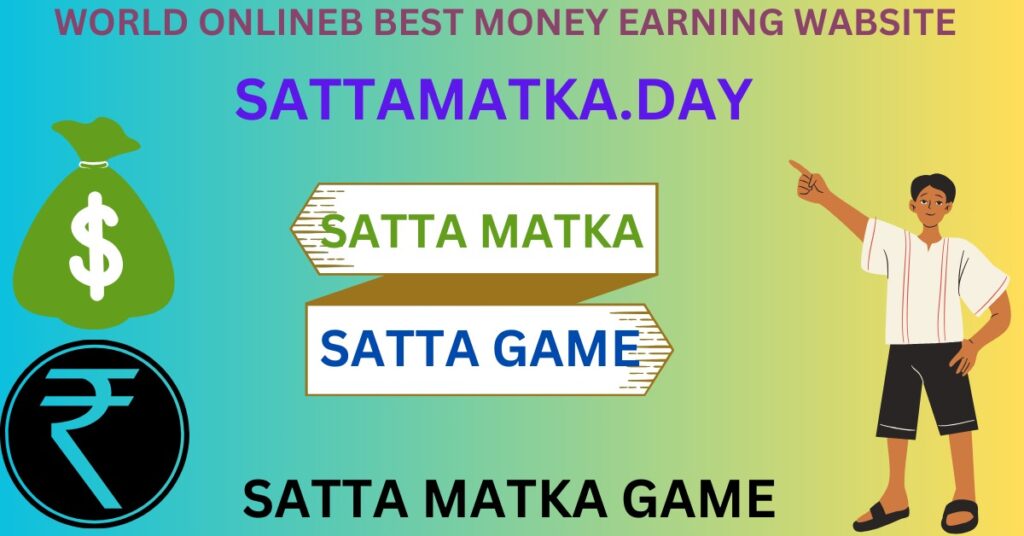Introduction:
Satta Matka, a popular form of gambling that originated in India, has undergone a significant transformation over the years, moving from traditional settings to thriving on online platforms. This evolution reflects the changing dynamics of the gambling industry and the adaptation of age-old practices to the digital era.
Traditional Roots:
Satta Matka has its roots in the 1960s when it originated as a form of lottery in Mumbai. The game involved betting on the opening and closing rates of cotton transmitted from the New York Cotton Exchange to the Bombay Cotton Exchange. Over time, the format of the game evolved, and it became a prominent part of Mumbai’s gambling culture, with a massive following.
The traditional mode of playing Satta Matka involved the use of a matka, an earthen pot, to draw numbers. Players placed their bets on specific numbers, and the winning number was drawn at the end of the day. The game, often considered a form of entertainment and luck, gained immense popularity in certain communities.

Transition to Online Platforms:
With the advent of the internet and technological advancements, Matka underwent a remarkable transformation. The traditional method of drawing numbers from a matka shifted to online platforms, making the game accessible to a broader audience. Online Satta Matka websites and applications emerged, allowing enthusiasts to participate in the game from the comfort of their homes.
One of the key factors contributing to the shift to online platforms was the convenience they offered. Players no longer had to visit physical locations to place their bets or check the results. The digital transition also brought in transparency, as online platforms provided real-time updates and accurate results, reducing the chances of fraud and manipulation.
Global Reach and Increased Participation:
The move to online platforms expanded the reach of Satta Matka beyond its traditional strongholds. Players from different parts of India and even across the globe could now engage in the game. The online format also led to the introduction of various variations and formats, offering a diverse range of options for participants.
Furthermore, the accessibility of Satta Matka on smartphones contributed to its popularity among a younger demographic. Mobile applications dedicated to the game provided a user-friendly interface, enticing new players and ensuring the continuity of the tradition in the digital age.
Regulatory Challenges:
While the transition to online platforms brought several benefits, it also presented challenges, particularly in terms of regulations. The legality of Satta Matka has been a contentious issue, with varying perspectives on whether it should be considered a game of skill or a game of chance. As a result, different states in India have different regulations regarding the game, adding a layer of complexity to its online presence.
Conclusion:
The evolution of Satta Matka from traditional settings to online platforms showcases the adaptability of age-old traditions in the face of technological advancements. The game’s journey reflects the broader trends in the gambling industry, where traditional games are finding new life in the digital space. While the move to online platforms has expanded the reach and popularity of Satta Matka, it has also brought about regulatory challenges that need to be addressed for the continued growth and sustainability of this cultural phenomenon.